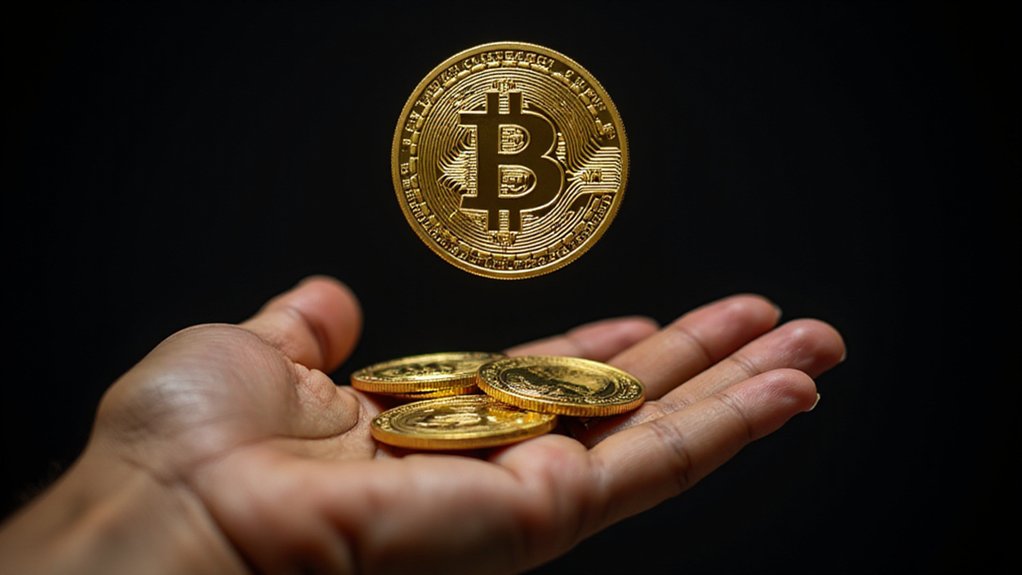While traditional financial institutions have spent decades perfecting the art of making simple money transfers unnecessarily complex, PayPal has decided to venture into the paradoxical domain of cryptocurrency—where the goal is apparently to make digital money behave exactly like the dollars we already have.
Enter PYUSD, PayPal’s stablecoin issued by Paxos Trust Company and pegged 1:1 to the US dollar—because what the world truly needed was blockchain-based currency that maintains the thrilling stability of fiat money. This ERC-20 token operates on Ethereum, fully backed by US dollar deposits and treasuries, while carrying the regulatory blessing of New York’s Department of Financial Services (a bureaucratic achievement that would make any fintech executive weep with joy). Paxos publishes monthly public reports detailing the asset reserves backing PYUSD, providing transparency that aims to restore confidence following previous stablecoin controversies.
PayPal’s PYUSD achieves the remarkable feat of using revolutionary blockchain technology to recreate the mundane predictability of regular dollars.
The integration across PayPal’s ecosystem demonstrates remarkable efficiency for a company historically known for freezing accounts at inopportune moments. PYUSD transactions between PayPal and Venmo users occur fee-free and instantly—a feat that somehow required blockchain technology to accomplish what internal database transfers have managed for decades.
Users can purchase PYUSD using PayPal balances, debit cards, or bank accounts, then send funds to external Ethereum and Solana wallets (network fees apply, naturally).
For merchants, PYUSD presents an intriguing proposition: accepting cryptocurrency payments without the volatility that makes Bitcoin resemble a particularly unstable carnival ride. The stablecoin enables instant conversion at checkout, allowing PayPal’s 431+ million users to engage in crypto commerce through familiar interfaces rather than maneuvering through the byzantine complexities of traditional crypto exchanges. Despite this potential, PYUSD faces significant challenges in competing with established players, as its daily trading volume remains at only 0.02% of Tether’s massive market presence. Circle’s USDC stablecoin demonstrates how dollar-pegged cryptocurrencies can achieve mainstream adoption through regulatory compliance and institutional partnerships.
The Web3 integration proves particularly clever, enabling PYUSD holders to participate in decentralized finance activities—staking, lending, and trading on platforms like Uniswap—without conversion barriers. This ERC-20 compatibility transforms PayPal users into potential DeFi participants, bridging the gap between conventional digital payments and the decentralized financial ecosystem.
Ultimately, PYUSD represents a pragmatic approach to cryptocurrency adoption: take the technological infrastructure of blockchain, strip away the speculative volatility, add regulatory compliance, and deliver it through established payment channels.
Whether this constitutes innovation or simply expensive digital plumbing remains an exercise left to market forces and time.








